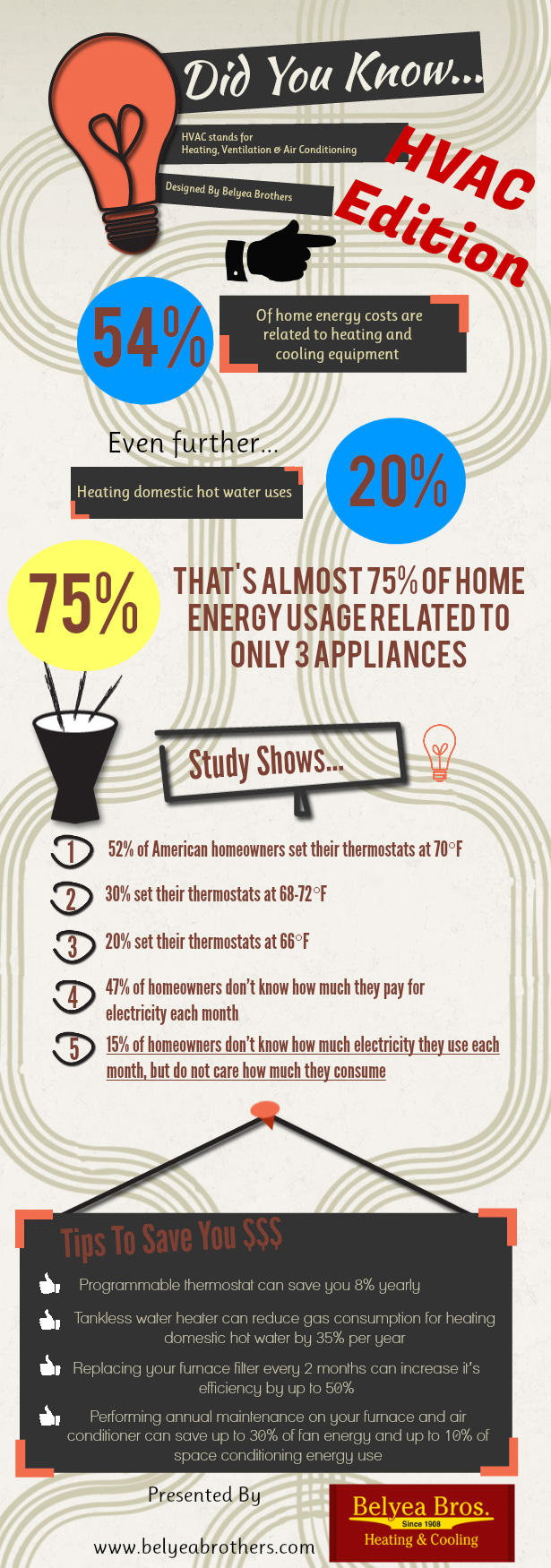Regular Mistakes To Stay Clear Of In The Installation Of Warm Pumps
Regular Mistakes To Stay Clear Of In The Installation Of Warm Pumps
Blog Article
Posted By-Lykke Ploug
When setting up a heat pump, you must steer clear of common errors that could jeopardize its effectiveness. Overlooking proper sizing may cause inefficiencies and greater energy expenses. Overlooking insulation and securing could lead to power waste and stress on the device. Furthermore, positioning the outdoor unit inaccurately may influence its efficiency. By preventing these mistakes, you can make certain optimum working and durability of your heatpump system.
Improper Sizing of Heatpump
When it concerns the setup of heat pumps, among one of the most typical errors is improperly sizing the unit for your space. https://www.bobvila.com/articles/reasons-to-skip-cleaning-air-ducts/ is critical for optimum performance. If the heat pump is as well tiny, it will battle to warmth or cool your area effectively, bring about increased power bills and prospective damage on the device.
On the other hand, if the heat pump is too big, it will cycle on and off often, triggering temperature level fluctuations and minimizing its life expectancy.
To avoid this error, it's essential to have an expert examine your room and recommend the appropriate dimension of the heatpump based on elements like square footage, insulation, ceiling elevation, and neighborhood environment. By spending the time and initiative to make certain the right sizing, you can enjoy a comfy environment while optimizing power efficiency and lengthening the life expectancy of your heatpump.
Inadequate Insulation and Sealing
To ensure the effective operation of your heat pump, it's important to address insufficient insulation and sealing in your room. Correct insulation assists preserve a consistent temperature level inside, reducing the work on your heatpump. Inadequate insulation can bring about power loss, making your heatpump work harder and less efficiently.
Sealing Highly recommended Site of spaces or leakages in your space is equally vital. https://airconditioningspecialist76420.webbuzzfeed.com/31729352/the-connection-between-weather-conditions-and-heat-pump-efficiency-together-with-suggested-solutions enable conditioned air to run away and outdoor air to seep in, compeling your heatpump to compensate for the temperature level variations.
Wrong Placement of Outdoor System
Addressing the placement of your heat pump's outdoor system is vital to enhancing its efficiency. Mounting the outdoor system in a wrong place can lead to effectiveness issues and prospective damage to the device.
https://archerojdxr.wizzardsblog.com/31159104/heat-pump-comparison-locating-the-best-type-for-your-house-requirements to avoid is placing the exterior system too close to a wall or other frameworks. This can restrict air movement, creating the unit to work more challenging to warmth or cool your area, inevitably reducing its efficiency and life-span.
An additional mistake to steer clear of is putting the outdoor device in straight sunlight. While some sunlight is inescapable, excessive direct exposure can cause getting too hot, specifically throughout warm summer season days. It's finest to position the outdoor system in a shaded location to help preserve its optimum operating temperature level.
Additionally, see to it that the outside system is put on a stable and level surface. Uneven ground can trigger resonances and unneeded pressure on the device, impacting its performance in time.
Verdict
In conclusion, avoiding common blunders during heat pump installment is vital for optimizing performance and longevity of your system. By guaranteeing proper sizing, appropriate insulation, sealing, and appropriate positioning of the outdoor unit, you can stop problems such as inefficiencies, enhanced energy costs, and pressure on the system. Making the effort to attend to these essential factors will inevitably conserve you money and time in the long run.
